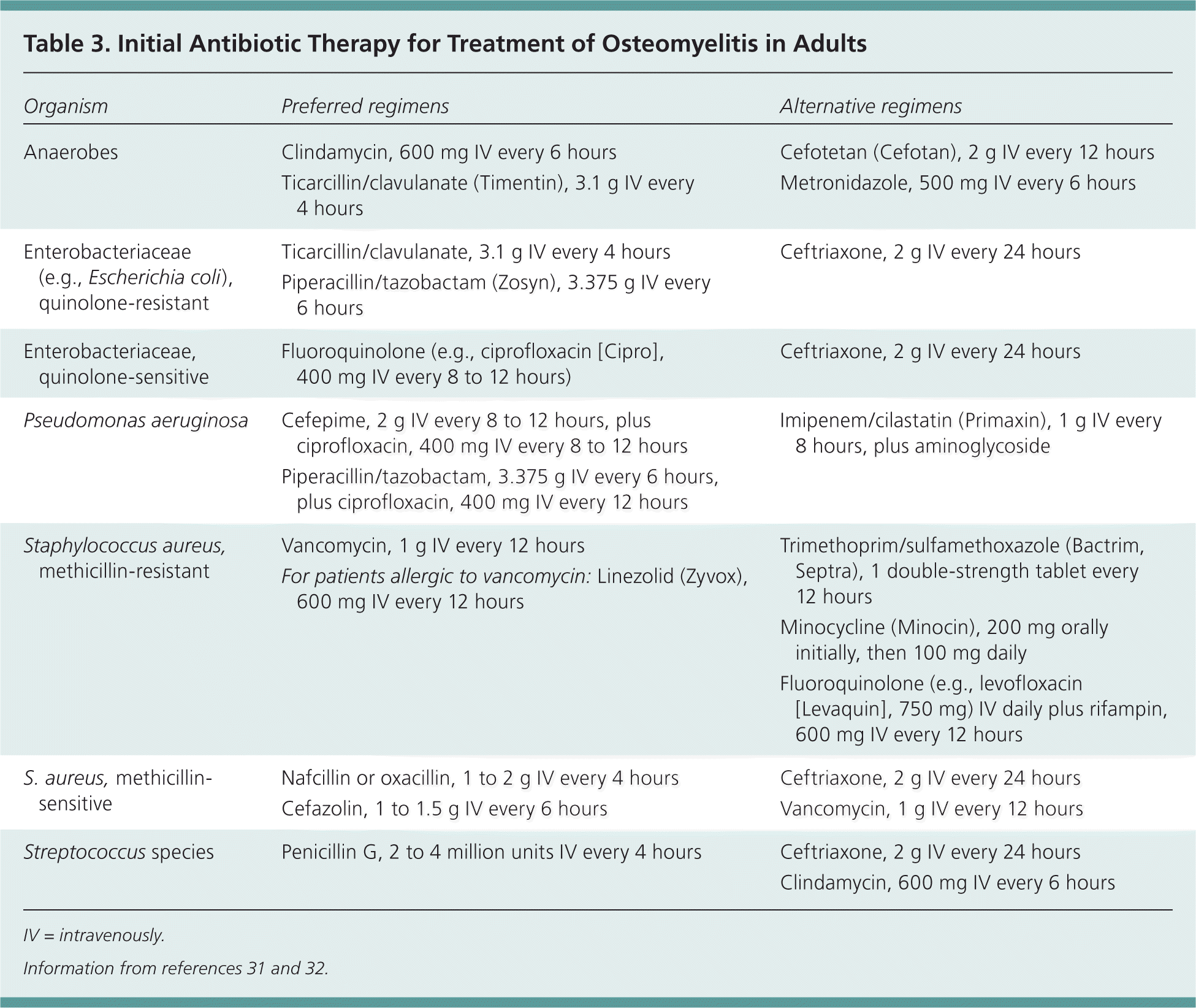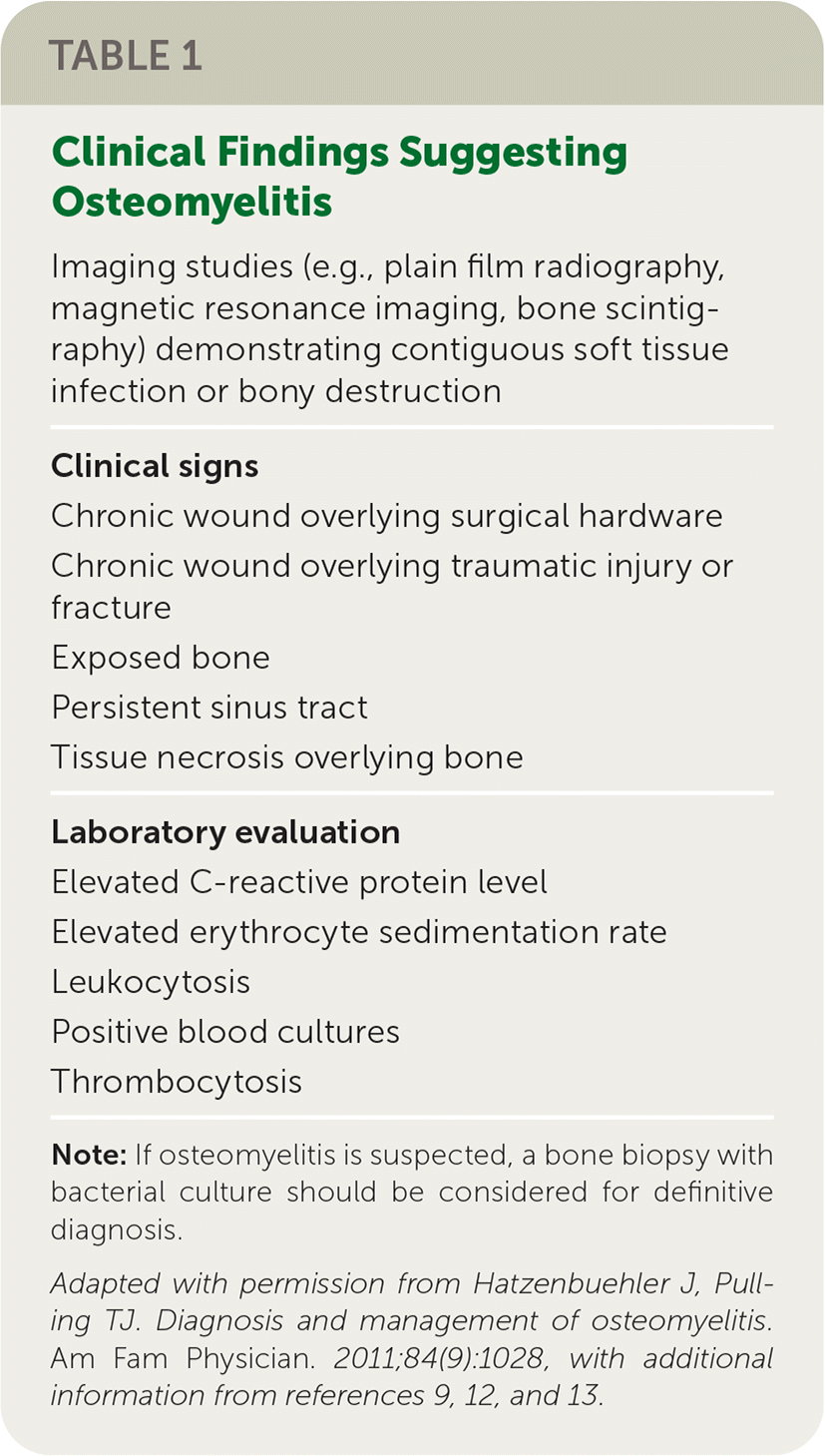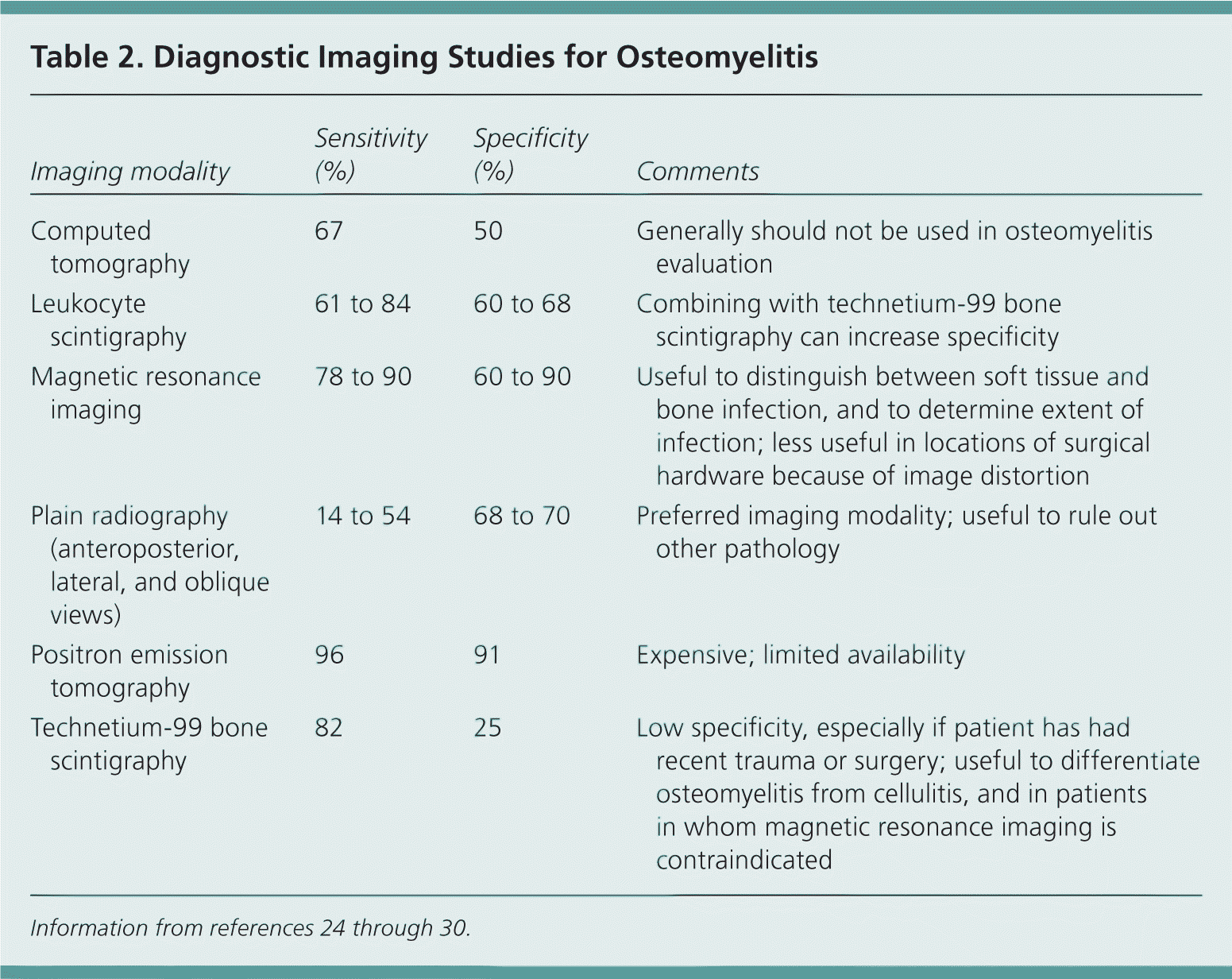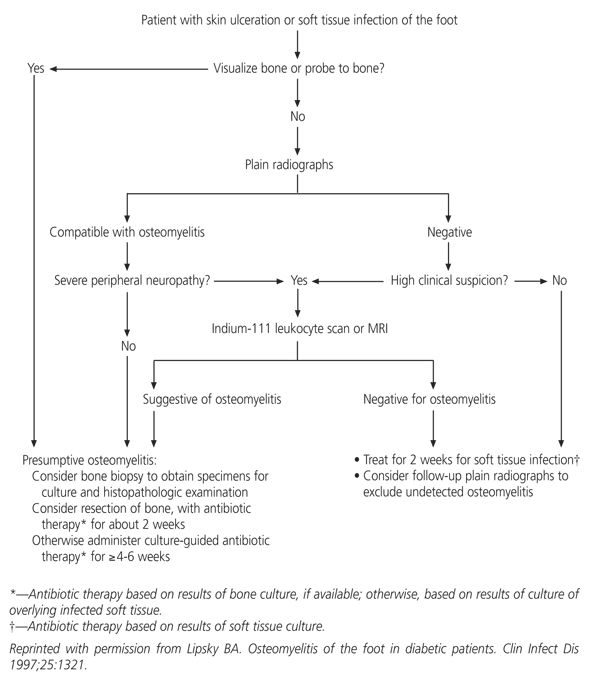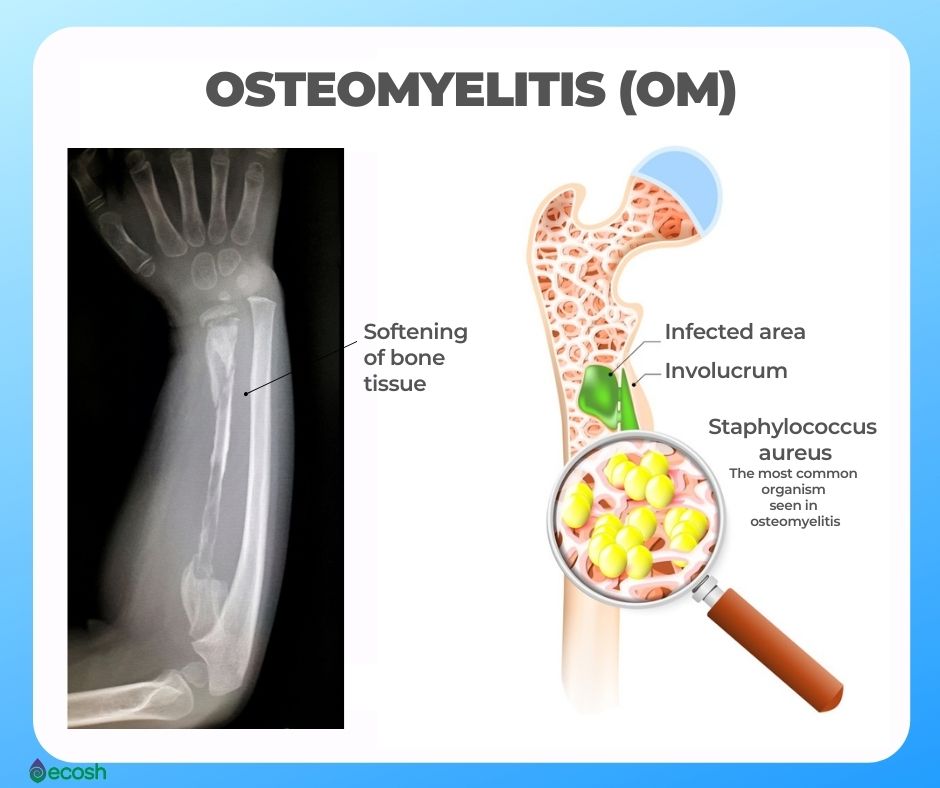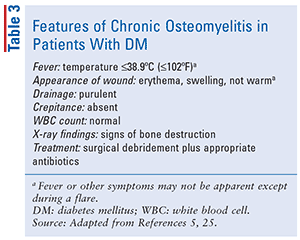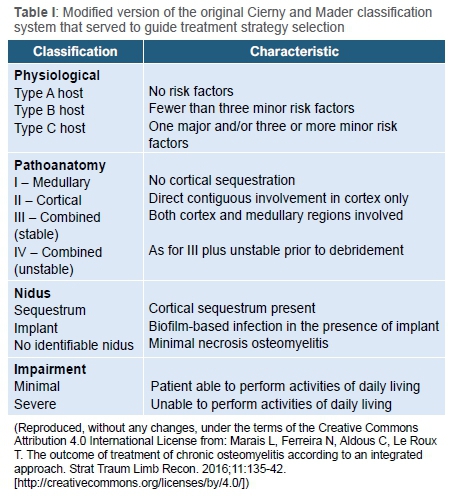Matchless Info About How To Diagnose Osteomyelitis
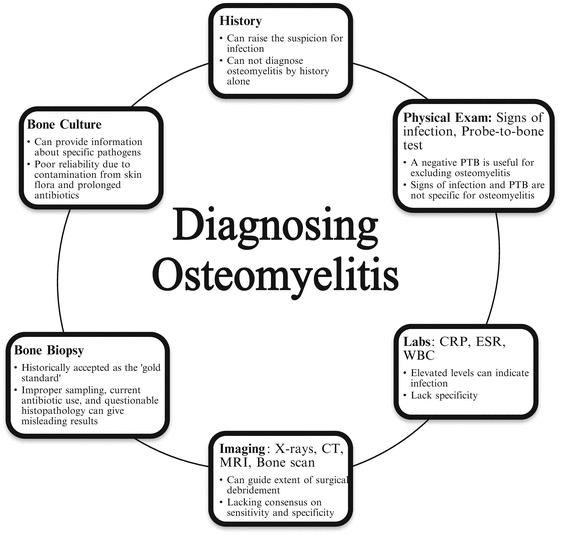
In some instances, imaging features are specific to a region or a.
How to diagnose osteomyelitis. An mri to look for increased blood flow. The gp will examine the area and may do some tests to find out if you have a bone infection. The doctor may then order tests to help diagnose.
A white blood cell count to see if. The early diagnosis of acute hematogenous osteomyelitis depends on a high index of suspicion whenever the physician is confronted with a child experiencing acute onset of bone pain or. What is the best way to diagnose osteomyelitis?
Your doctor may use several methods to diagnose your condition if you have any symptoms of a bone infection. A blood sample to check for certain biomarkers that suggest an infection. Microbial cultures are essential in the diagnosis and treatment of osteomyelitis.
Mri has the highest accuracy to detect osteomyelitis with a sensitivity of 90% and specificity of ~80% 21. If a patient has symptoms and signs that may indicate a bone infection, doctors may order the following tests or procedures to diagnose osteomyelitis: Fever, swelling, warmth and redness over the area of the infection, pain in the area of the infection, fatigue, sometimes.
Computed tomography (ct) scans can be helpful in later stages of. Signs and symptoms of osteomyelitis include: The preferred diagnostic criterion for osteomyelitis is a positive bacterial culture from bone biopsy in the setting of bone necrosis.
Magnetic resonance imaging (mri) or bone scans may be recommended to identify the cause of bone pain or inflammation. You might need a blood test, or to go to hospital for: Marrow abnormalities typical of osteomyelitis may be detected by mri before lytic or other typical changes of osteomyelitis appear.
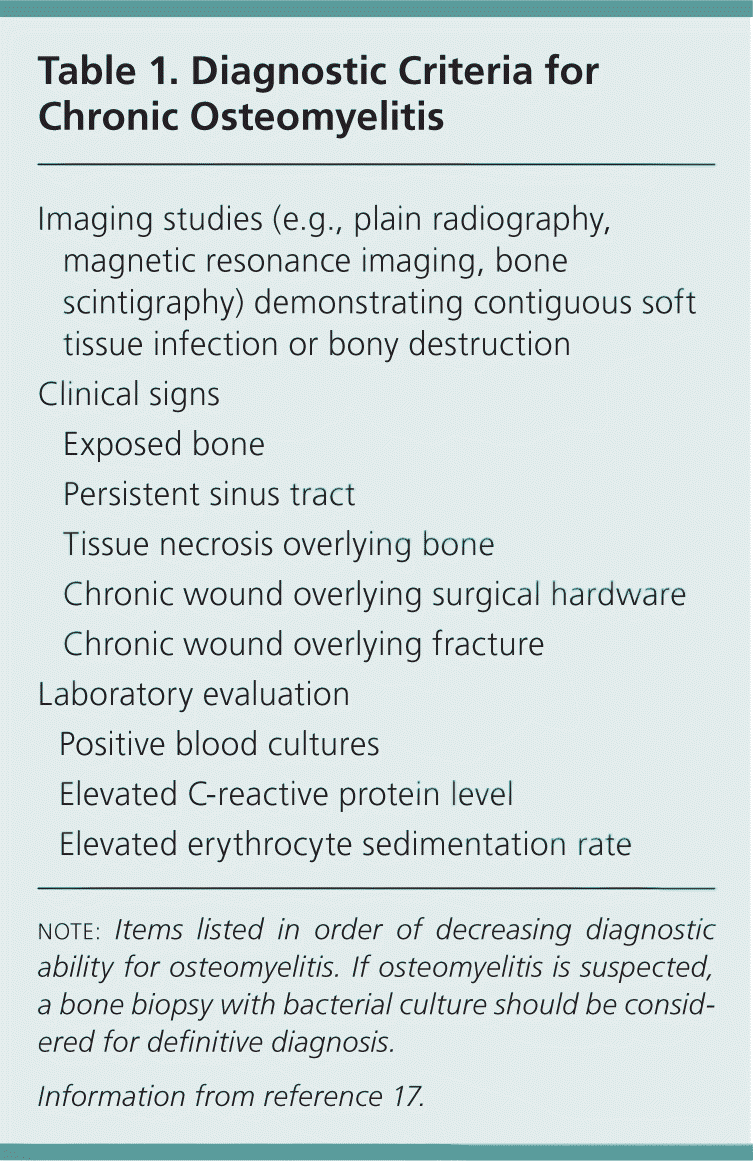
:max_bytes(150000):strip_icc()/osteomyelitis-overview-4580405_Toxoplasmosis-5c6f2bb0c9e77c0001ddce61.png)
